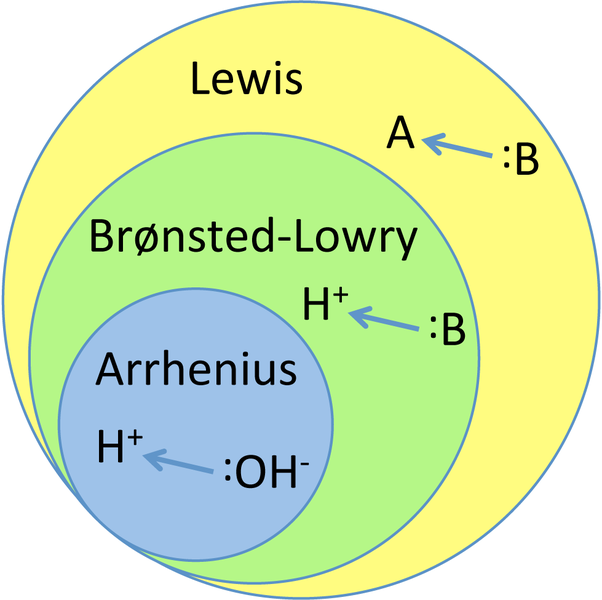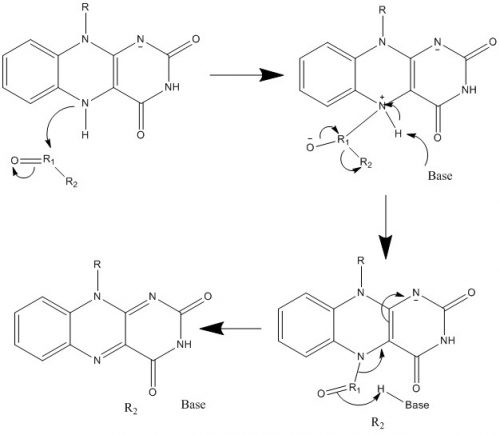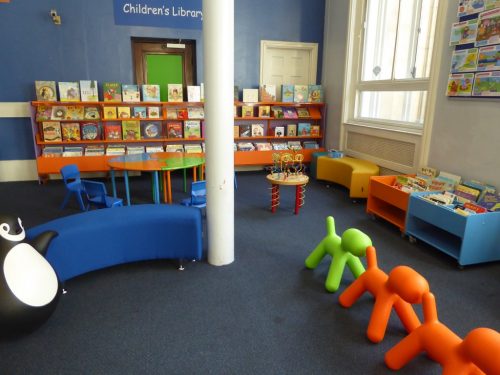
When you are a businessman, the determination can get you far. Without that, you may give up the first time you experience losses. However, having wit is always better than being determined. You may not deal with failure much if your niche is correct.
Let’s see a list of some aspects that characterize the right niche. Be aware that it is not a list of mandatory requirements. You probably will not find the perfect niche that can satisfy all the criteria. Just take it as a guide to choosing the better niche among a list of candidates.
Market Size
The bigger a niche is, the better it will be for you, considering it remains specific and doesn’t become too general. You should find the right balance between size and specificity, and sometimes it is easy to determine the size of a niche. Say, you want to promote products for golfers. It will probably take two minutes for Google to find how many golfers there are in a specific region or country.
Market Trends
When considering a niche, trends are also significant. You should address several questions when assessing one. “Is it a growing or shrinking niche?” “Is the people’s interest in the products in this niche growing or at least stable?” “Are specific products going to stay in the market for a long time?”

“Niche markets are an attractive opportunity available to small businesses forced to compete against the scale economies that larger competitors are able to achieve,” Dawn Thilmany, Ph.D. explains. Because entering a niche takes time and effort, it is always better to be in a stable or growing market than a stagnant one. You want products that can sell for a long time. This way, you will be able to maximize your results, get recurrent profits, and scale your business for many months to come.
Hungry Niches
“By definition, niche markets are relatively small markets, but this does not mean that niche markets are unimportant or unprofitable,” DeeVon Bailey, Ph.D., and co-authors wrote. Some niches are “hungrier” than others. A hungry niche is made up of individuals that are very passionate about a topic or desperate to solve their problems. Dating, dog training, golfing, and weight loss are the best ones to be in, frankly speaking. They are easier to market to, and people usually keep buying several products without stopping in those niches.
Accessible Niches
Another thing we should consider is how easy it is to get in touch with people in the niche. The easier, the better. You have to promote products to them, and it will be challenging to succeed if they are impossible or tough to reach online.
Niches With Medium Or High Competition

A market with high competition is, without a doubt, a lucrative market. It means that the slot is profitable, and people are making money in it. Of course, high competition also means that it is more difficult to reach a potential buyer and stand out. However, your goal is not to dominate a market over your competitors. You only need a tiny piece of a specific market to be successful. “As we have seen, the niche market strategy is often portrayed as a form of defensive “pull marketing” in which management first identifies a niche market, then develops a product for it, and eventually seeks to protect it by raising a variety of barriers,” Mikael Ottosson, Ph.D. and collaborator pointed out. In truth, you can even promote products of different brands in the same niche, regardless of the competition.
Final Thoughts
If you cannot wrap your head around all this niche talk, that’s okay. Start from the beginning of the article and try to absorb the ideas again. Trust me, doing that will serve you well in the end when you find your niche.
Good luck!





